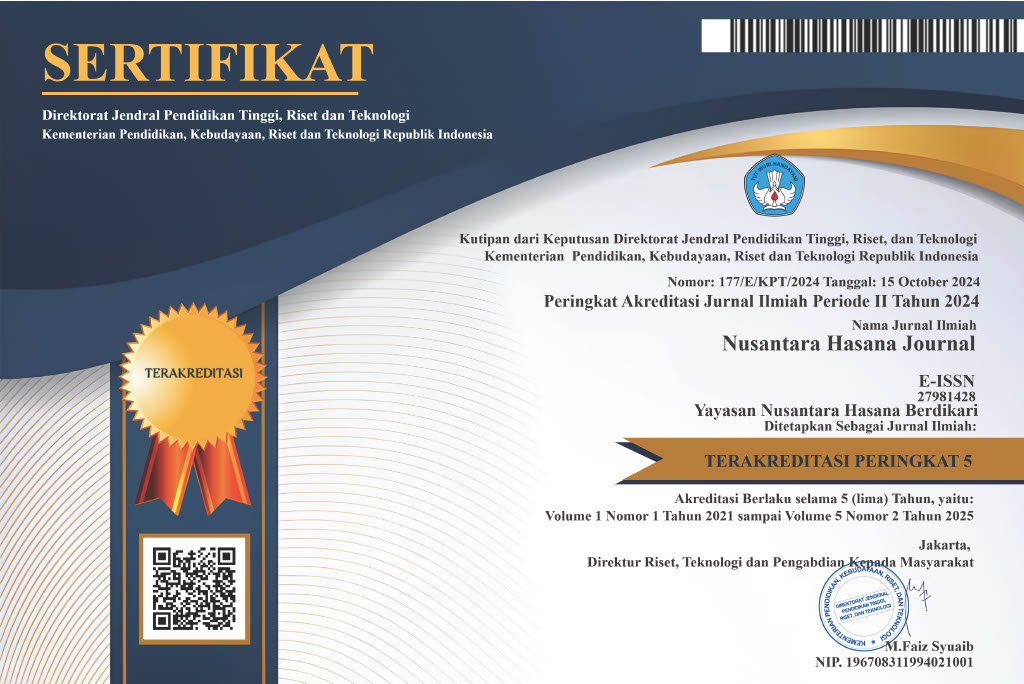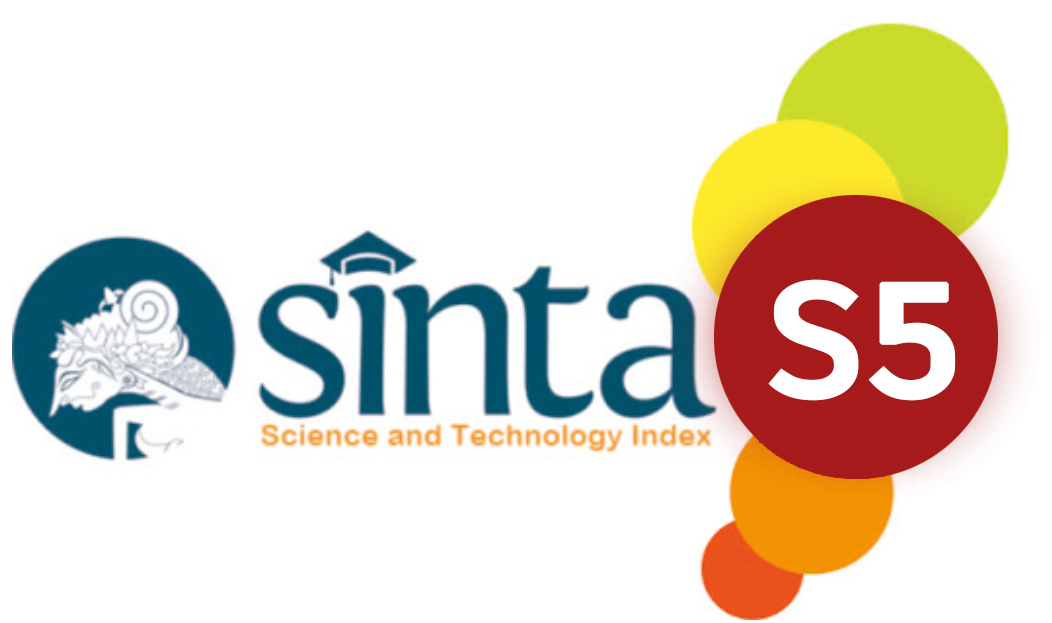GAMBARAN FAKTOR RISIKO GLAUKOMA PRIMER PADA LANSIA DI RSUP DR. M. DJAMIL PADANG TAHUN 2017-2019
Keywords:
Risk Factors, Elderly, Glaucoma.Abstract
Background: Glaucoma is one of the main causes of decreased vision and blindness in the elderly, so it can increase the morbidity of the elderly. The risk factors for glaucoma in the elderly can be the elderly and family history. Objective: To describe the risk factors for primary glaucoma in the elderly at Dr. M. Djamil Padang. Methods: This type of research design is descriptive observational with a retrospective research design. The population of this study was all elderly patients who had been diagnosed by doctors suffering from primary glaucoma at RSUP Dr. M. Djamil Padang from January 2017 to December 2019 with 52 samples using a simple random sampling technique. The measuring instrument used medical record data and analyzed using a univariate test and presented in the form of a frequency distribution table and percentage. Result: The study results showed that the elderly who suffered from glaucoma mainly were between 60-74 years old (elderly), namely 82.7%, and the male sex was 67.3%. The most common type of glaucoma suffered by the elderly was open- angle glaucoma, which was 82.7%. Elderly who experience myopia by 57.7%, who have diabetes by 9.6% and who have hypertension by 36.5%, and who have a family history of glaucoma sufferers by 3.8%. Conclusion: Elderly with primary glaucoma at Dr. RSUP. M. Djamil Padang in 2017-2019 at most 60 – 74 years (elderly) and the most are male. The most common type of glaucoma that affects the elderly is primary open-angle glaucoma (POAG) with indications of myopia, DM, hypertension, and family history.
Downloads
References
Dizayang F, Bambang H, Purwoko M. Karakteristik Penderita Glaukoma di Rumah Sakit Muhammadiyah Palembang Periode Januari 2017-April 2018. Journal Health Science 2020; 13: 66–73.
Sencanic I, Gazibara T, Dotlic J, Stamenkovic M, Jaksic V, Bozic M et al. Glaucoma symptom scale: Psychometric Properties of The Serbian Version. PLoS One 2019; 14: 1–18.
Christoper J, Th M, Christoper J, Adam H. Hubungan antara Peningkatan Tekanan Intraokular di Glaukoma Penderita Hipertensi. 2020; 1: 2019–2020.
Fitrianda MI. Pengaruh Pendidikan Kesehatan Metode Ceramah Terhadap Tingkat Pengetahuan Pencegahan Penyakit Glaukoma Pada Klien Beresiko Glaukoma Diwilayah Kerja Puskesmas Curhnongko Kabupaten Jember. 2018
Wirayudha A, Rahmi FL, Prihatningtias R. Perbandingan Keberhasilan Terapi Trabekulektomi Pada Glaukoma Primer Sudut Terbuka Dan Glaukoma Primer Sudut Tertutup. Diponegoro Med J (Jurnal Kedokt Diponegoro) 2019; 8: 1105–1113.
Schuster AK, Erb C, Hoffmann EM, Dietlein T, Pfeiffer N. The diagnosis and treatment of glaucoma. Dtsch Arztebl Int 2020; 117: 225– 234.
McMonnies CW. History of Glaucoma and Risk Factors. Journal Ophthalmology 2017; 10: 71– 78.
Muliani R, Karis T. Hubungan Pengetahuan Tentang Glaukoma Dengan Kepatuhan Kontrol Pada Pasien Pasca Operasi Trabeculectomy. Ilmu Kesehatan Pencerah 2020; 09: 19–26.
Downloads
Published
How to Cite
Issue
Section
License
Copyright (c) 2023 Efriza

This work is licensed under a Creative Commons Attribution 4.0 International License.
NHJ is licensed under a Creative Commons Attribution-NonCommercial-ShareAlike 4.0 International License.
Articles in this journal are Open Access articles published under the Creative Commons CC BY-NC-SA License This license permits use, distribution and reproduction in any medium for non-commercial purposes only, provided the original work and source is properly cited.
Any derivative of the original must be distributed under the same license as the original.
























